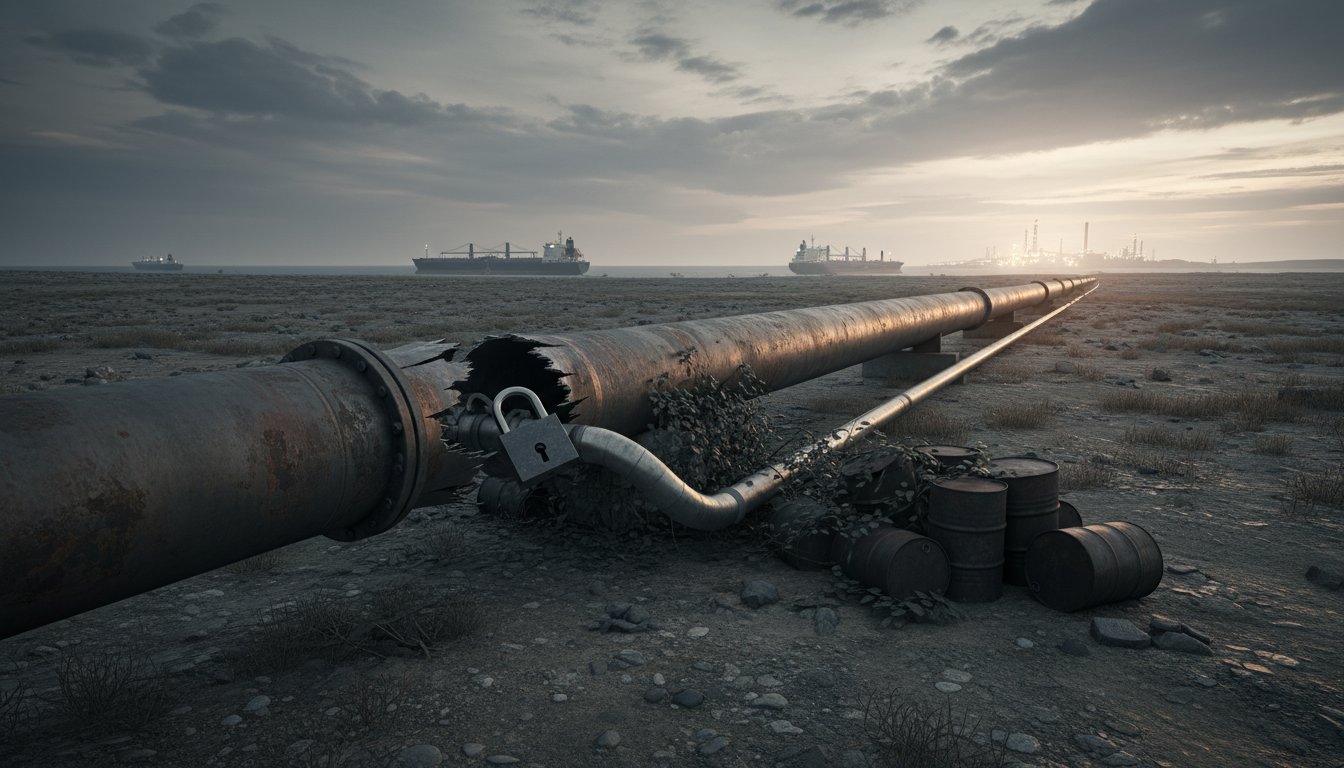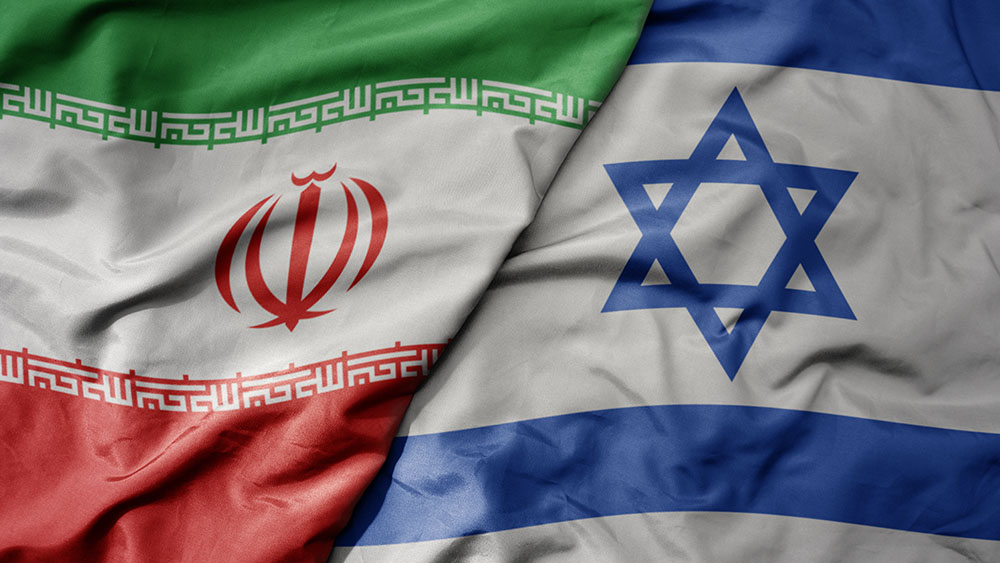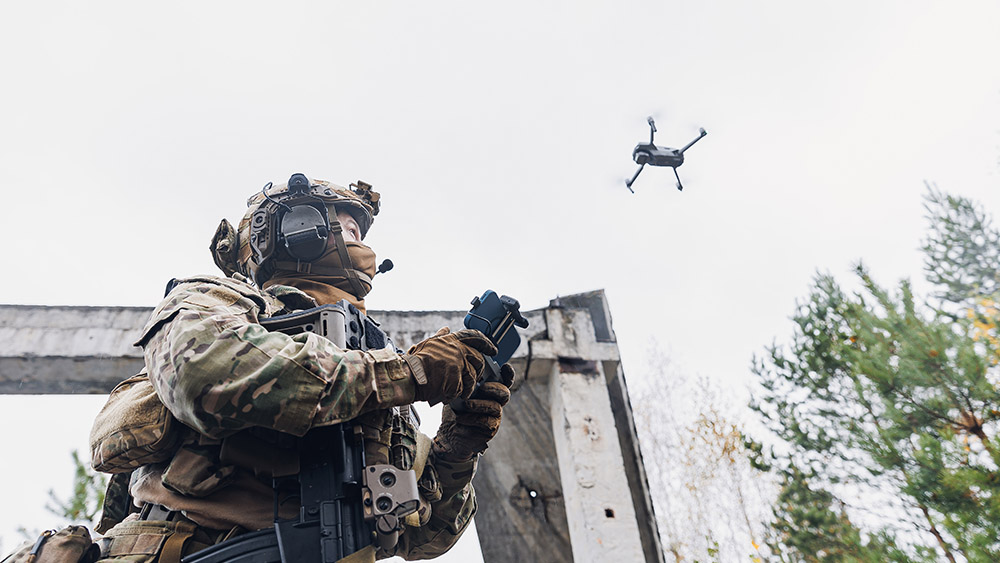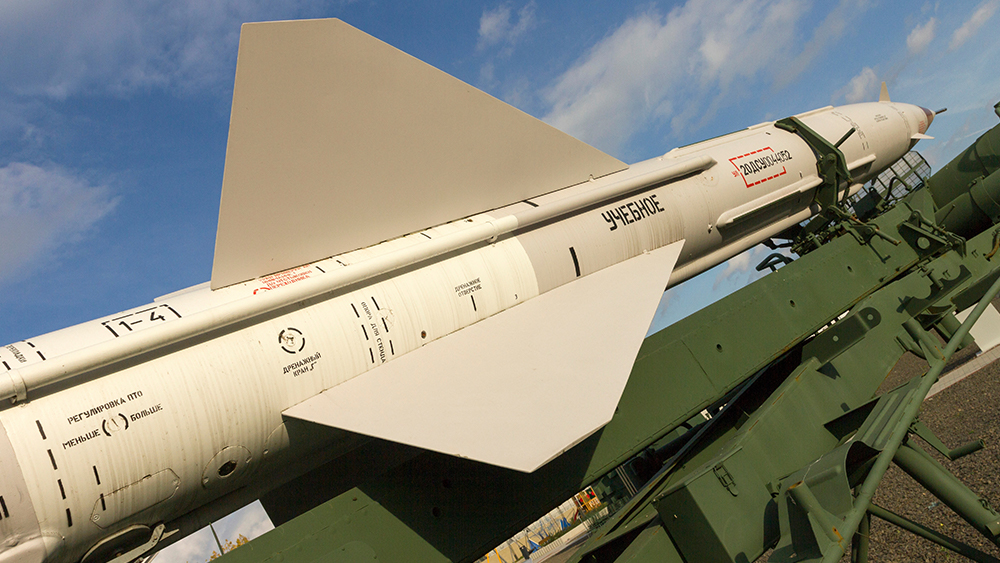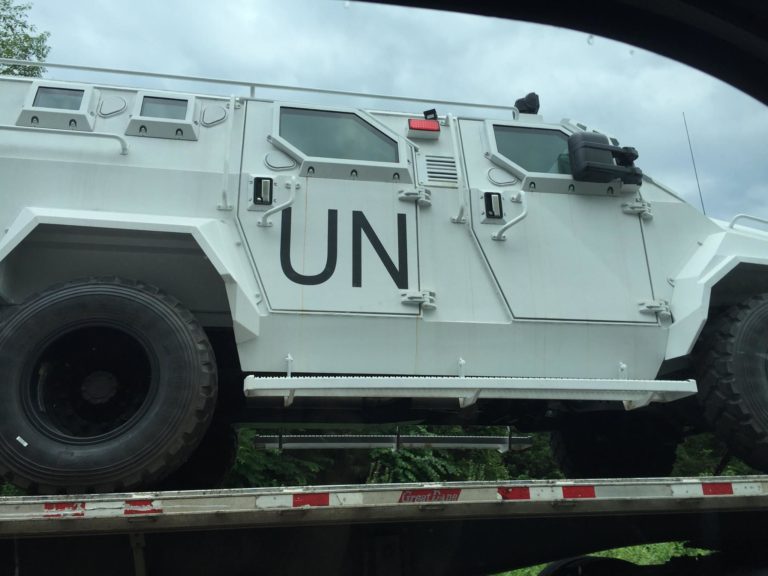 Parler
Parler Gab
Gab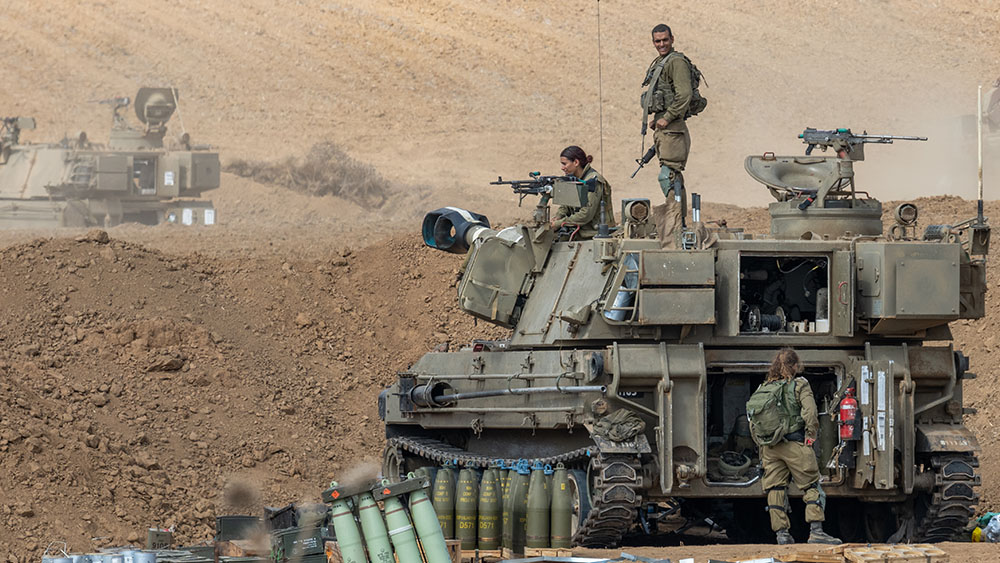
- Israeli forces continue to kill Palestinians despite the declared ceasefire.
- At least 23 Palestinians have been killed since the truce began.
- Israel justifies some killings by claiming people approached its ceasefire positions.
- Humanitarian aid is flowing in but remains insufficient and faces obstacles.
- A major point of contention is the return of deceased hostages' bodies.
Tensions at the "yellow line"
The Israeli military has attempted to justify some of these shootings by claiming that Palestinians have ignored warnings not to approach Israeli ceasefire positions. Israel has threatened to kill anyone who crosses a unilaterally declared "yellow line," the boundary to which its forces withdrew when the truce began. In one incident in Gaza City’s Shujaiya neighborhood, the IDF claimed five Palestinians who were killed had crossed this line and posed a "threat," although it did not allege they were armed. Palestinian reports, however, said the individuals were in the neighborhood simply inspecting their homes, a common scene as residents return to see what remains of their properties.Aid and obstacles
The primary benefit of the ceasefire has been the increased, albeit still insufficient, flow of humanitarian aid. For months, Gaza has been on the brink of a mass famine, with aid groups reporting that hundreds of thousands face acute hunger. The World Food Programme has resumed support for bakeries, and dozens of trucks are now entering daily with flour and essential goods. However, the process remains fraught. The Israeli military aid agency COGAT confirmed that preparations are ongoing with Egypt to open the Rafah crossing for the movement of people, but a specific date has not been set. Aid workers report that Israeli inspections are causing significant delays, limiting the number of trucks that can enter.The unresolved issue of the dead
A major point of contention threatening the truce is the return of the bodies of hostages who died in captivity. A senior Hamas official accused Israel of flouting the ceasefire by "killing at least 24 people" since Friday. He stated, "The occupying state is working day and night to undermine the agreement through its violations on the ground." Meanwhile, Israel is demanding that Hamas fulfill its obligation to return the bodies of all deceased hostages. The armed wing of Hamas has said that retrieving more bodies from beneath Gaza's vast rubble would require the admission of heavy machinery and excavating equipment, which remains blocked by Israel. This standoff highlights the fragility of the current agreement. While the ceasefire has provided a critical window for aid and a respite from the large-scale bombing, the underlying tensions and sporadic violence suggest a return to the pre-war status quo is a very real possibility. Can this temporary calm evolve into a lasting peace, or will it become just another brief intermission in a long-running conflict? Sources for this article include: News.Antiwar.com TheGuardian.com AlJazeera.com AlJazeera.comU.S. and China trade cyberattack allegations as tensions escalate
By Belle Carter // Share
EU’s phased ban on Russian gas: A geopolitical shift with far-reaching consequences
By Gregory Van Dyke // Share
Escalating tensions raise fears of Iran-Israel conflict
By Belle Carter // Share
U.K. grants military new powers to shoot down hostile drones amid rising threats
By Willow Tohi // Share
Russia’s Cold War “iron cloud” defense system could resurface amid modern missile threats
By Kevin Hughes // Share
Houthis detain 20 UN employees in Yemen amid escalating crackdown on aid workers
By Belle Carter // Share
Governments continue to obscure COVID-19 vaccine data amid rising concerns over excess deaths
By patricklewis // Share
Tech giant Microsoft backs EXTINCTION with its support of carbon capture programs
By ramontomeydw // Share
Germany to resume arms exports to Israel despite repeated ceasefire violations
By isabelle // Share

